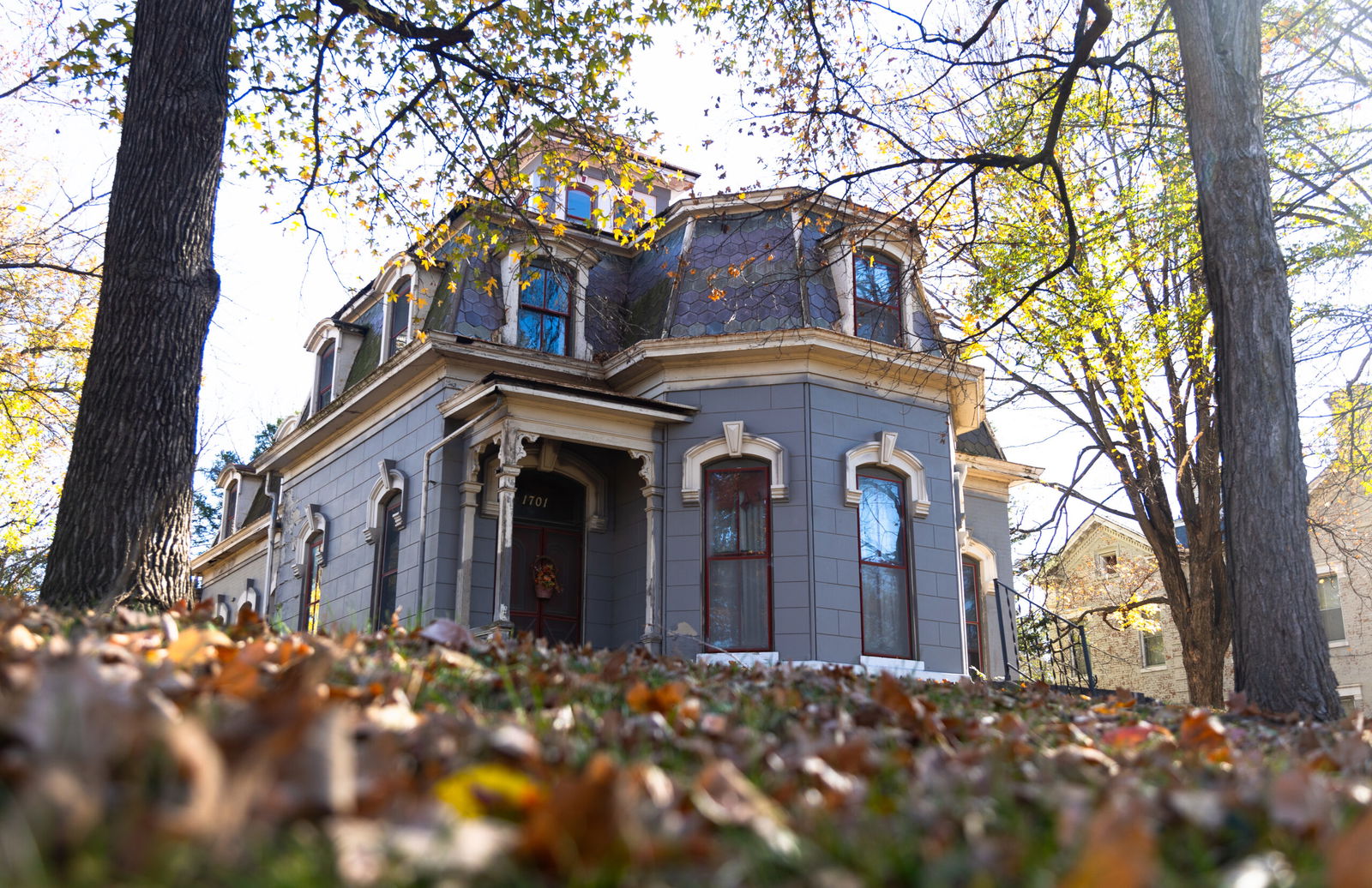Historic South 20th Street home set to become next local landmark

By Cameron Montemayor
One of St. Joseph’s oldest homes built in the late 1860s is in line to be designated as the next local landmark pending approval by elected officials.
Located at 1701 S. 20th St., the two-story home owned by Joseph Pfeiffer holds a unique place in St. Joseph’s history.
Members of the St. Joseph Landmark Commission recently voted to forward their request for the home to be named a local landmark to the City Council.
“It was built in about 1867, which for St. Joe is really, really early. We don’t have too much that goes back that far. It had additions on it in the late 1880s. Its barn was built around 1900,” said Kim Schutte, St. Joseph’s Historic Preservation Planner.
The home, constructed largely of cut stone for $10,000 ($380,318 in today’s money) by Pfeiffer, a German immigrant born in 1817 and an expert stonemason with the local Pfeiffer and Sons Stone Company.
The Pfeiffer company did stone work for some of city’s most historic structures, including the St. Joseph Public Library, columns at the Buchanan County Courthouse and former Tootle-Lemon National Bank building, which was torn down in 1988. Schutte said Pfeiffer and his company in a sense helped build St. Joseph.
“A lot of the wonderful stone buildings around St. Joe that were built up to about the 1920s. The Pfeiffer Company probably did it, and the house remained in the Pfeiffer family clear up into I think, the 1970s, maybe even later than that,” she said. “I am told by the owner that it is remarkably intact and even a lot of the furniture in there still goes back to the original family. So it’s an amazing place.”
Pfeiffer’s son, Charles Pfeiffer, was later elected as the 28th mayor of St. Joseph in 1912, and to this day is only city official to ever face a recall vote. Charles constructed the neighboring historic home at 1707 S. 20th St. in 1873, a building that still stands.
Once zoning requirements for the property at 1701 are carried out, Schutte said an ordinance will be brought before the City Council for a vote, something she’s optimistic will receive approval. If approved, the home would technically become just the 10th local landmark in St. Joseph’s history.
“There’s a lot of properties around that have a plaque because, in the 1970s and 1980s, the Landmark Commission went around and labeled things as local landmarks that are not officially local landmarks by ordinance,” Schutte said. “For example, City Hall, we have the bronze plaque. City Hall is not a local landmark.”



